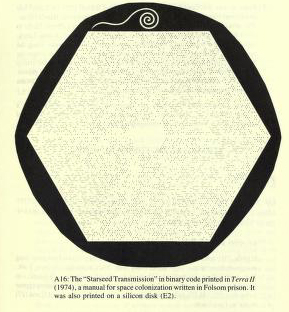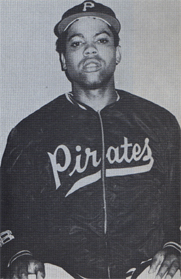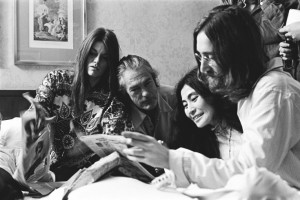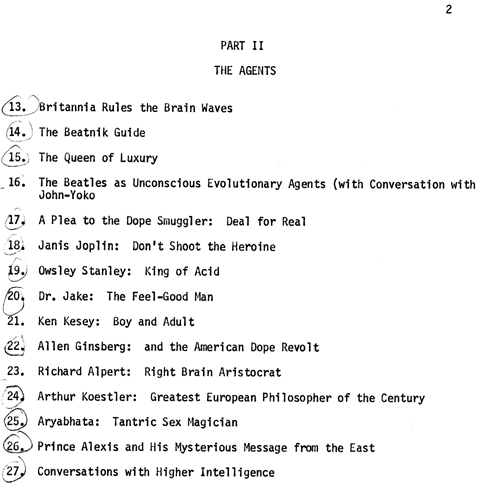Nearly 50 years after Timothy Leary and Harvard parted ways over the psychedelic drug scandal that made him, Richard Alpert (Ram Dass), and LSD a national story, Leary has been welcomed back (at least symbolically), thanks to the university’s acquisition of the most extensive collection in existence of works by and about him.
Harvard’s Houghton Library, one of the greatest special collections libraries in the world, has received on long-term loan a large portion of the Ludlow-Santo Domingo Library of Geneva (incorporating the Fitz Hugh Ludlow Memorial Library of San Francisco), from the vast personal collection of Julio Mario Santo Domingo, put together over a decade with unprecedented commitment and resources to establish the greatest library of psychoactive drug history, literature, science and culture on the planet.
“It’s staggering to realize what Julio Santo Domingo (1958-2009) accomplished in the tragically short number of years allotted to him to pursue his dream on the scale he did,” says Michael Horowitz, Leary’s former archivist (and our contributing editor).
“Julio acquired the Ludlow Library in 2003, the only collection of its kind before his, and he was just getting started. He was attracted to the ethos of the Beat and Sixties countercultures, along with other cultures and subcultures where psychedelic plants and drugs played a central and often defining role. He created a museum and art gallery in addition to a library of tens of thousands of books.”
One of the jewels of the Ludlow-Santo Domingo collection is its Leary holdings, the primary resource for the Annotated Bibliography of Timothy Leary (1988). Now that the Leary Archives (letters, manuscripts, personal artifacts, memorabilia) are housed in the New York Public Library, and his printed works (books, offprints, mimeos, journals, magazines and other forms of media) are at Harvard’s Houghton Library, Tim’s acceptance by the academic world, which turned its back on him in 1963 (not to say he ever looked back), has begun in earnest.
As the Harvard Gazette article, A Collection Unlike Others, explains, the collection is now being “unpacked, examined, described, and indexed at Harvard,” in a process known as “accessioning.”
The Ludlow-Santo Domingo Library of Geneva collection, is, as Leslie Morris, curator of Modern Books & Manuscripts at Houghton Library, explains, “…boxes, drawers, shelves — whole rooms — full of eccentric treasures dating back to the 16th century, all expressions of a top cultural engine: altered states of mind.”
The Santo Domingo collection is on long-term deposit at Harvard. “We do not own it,” said Morris, but the owners “want us to catalog it, and they want it available for research.”
She goes on: “I always explain it as sex, drugs, and rock ’n’ roll, but the music collection and related artifacts went to the Rock and Roll Hall of Fame and Museum in Cleveland. Harvard got the sex and drugs.” This includes the printed works of Timothy Leary, who began his storied career in psychedelic research there in 1960.

































